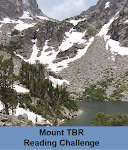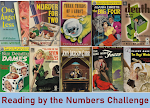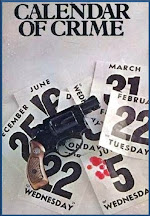This is my first year participating in Jay's Deal Me In Challenge . In a nutshell--we line up 52 short stories for the year, we match those stories up to a card in a regular deck of card, and each week we shuffle our deck (of real cards) and draw a card from whatever remains in the deck. I just dealt myself the Ace of Diamonds...which gives me "How We Lost the Moon: A True Story" by Paul J. McAuley. Beware--spoilers below! [It's difficult to talk about the story at all without letting a cat or two out of the bag--besides, the title gives the punch line away....]
 |
| image credit |
The image above which comes from an original deck of play cards by the artist Adam Valmassoi definitely has a science fiction vibe for me. Which works nicely with this week's short story. "How We Lost the Moon" appears in the 17th Annul Collection of The Year's Best Science Fiction (2000) edited by Gardner Dozois. As Dozois tells us in his introduction to the story, McAuley write many different kinds of science fiction from rigorous hard SF and "New Baroque Space Opera" to Dystopian speculation and Alternate History. This story falls most decidedly in the hard SF camp.
One of the men directly involved in the events on the Moon before it was lost tells us his story--so we'll know the facts behind the "millions of bytes of Web journalism" and the "tens of thousands of hours of TV and a hundred schlocky movies" as well as "thousands of scientific papers and dozens of thick technical reports." Our narrator and his college Mike Doherty were sent to check on some odd readings from a power source on the far side of the moon. As soon as Mike sees the hole in the floor of the crawl space below the power chamber, he knows what's happened--but he won't tell his buddy. After all, he's got the same info as Mike--he ought to know too. But how many people are going to think that a black hole is opening up in the middle of the Moon?
Given the title of the story, it's not difficult to figure out that the Moon doesn't make it past the ending, but a black hole is a bit of a surprise. McAuley gives us all the fine physics to explain the matter--but I have to say, I didn't take it all in. What did strike me was the interesting concept and the idea that the black hole could be used for a sling-shot propulsion effect for deeper space flight. Oh...and the method used to make it seem like the Earth still had a glowing orb in the night sky....
 |
| Black hole beginning: Photo credit |































No comments:
Post a Comment